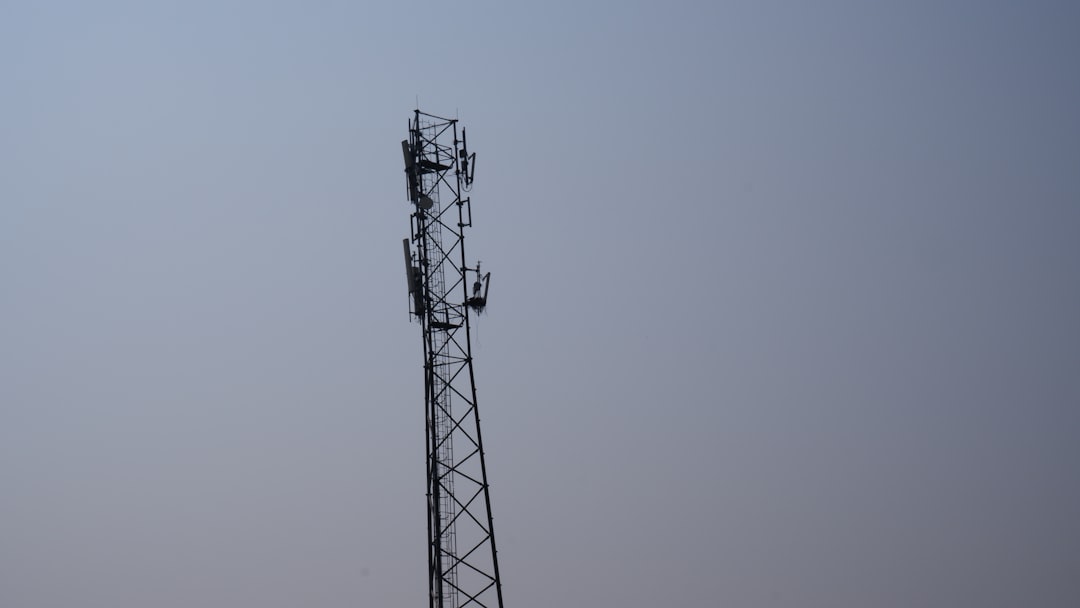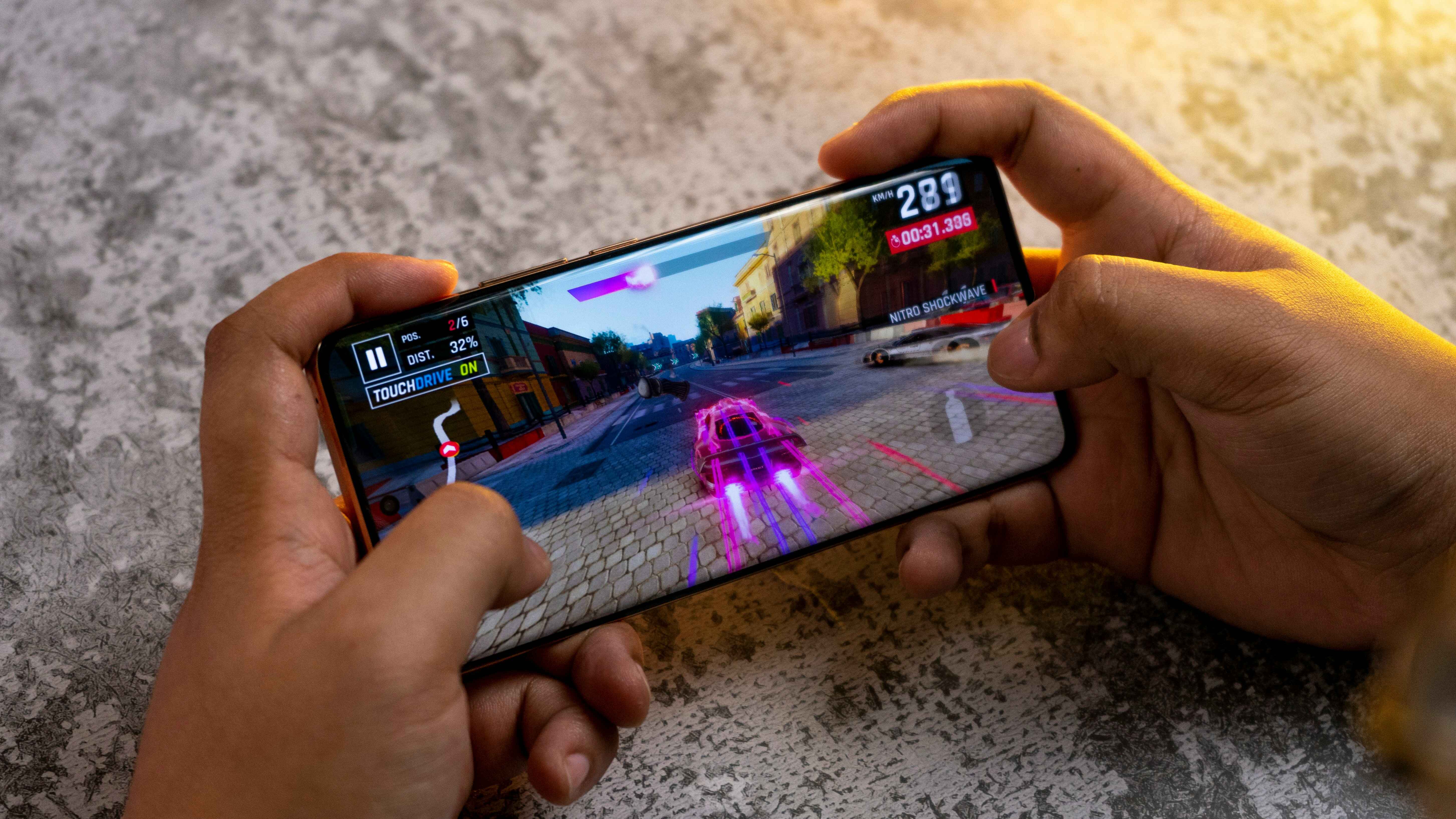We are living in the age of smartphones and tablets. These devices allow us to make and receive calls, edit photos, surf the internet and keep tabs on the people who we are close to via social media. In some cases, these smartphones and tablets even enable us to make and edit full-length feature films. This goes to show that technology has truly come a long way. But what is the one thing that paves the way for so many tasks that we perform on these devices? The answer is their mobile operating system. What is that exactly, you ask? Read on to know the answer.
Buy Airtel Postpaid with exciting benefits!
What is a mobile operating system?
A mobile operating system, or a mobile OS in short, is basically a large piece of software that helps the mobile phone process any kind of input that the user provides. This input can be, say, feeding in numbers through a physical or touch screen number pad, typing on the screen to produce a text message, or feeding in appropriate gestures to use the camera of the mobile phone. A mobile OS even allows the user to download and install software specifically designed for that OS and read the data that is stored on the phone’s storage. As of today, Android OS (built by Google) and iOS (developed by Apple Inc.) are the two most popular mobile operating systems out of all the others that are in use.
Also Read: Is the internet on postpaid plans faster than prepaid? Read inside!
Some of the other mobile operating system examples are Nokia’s Symbian OS, Blackberry’s proprietary Blackberry OS, Windows Mobile and Amazon’s FireOS. Note that the first three of the four mobile operating systems mentioned here are now no longer in use, although, they once dominated the market back in the early 2000s and 2010s. However, you can still find Amazon’s proprietary OS in some mobile phones. But keep in mind that only a small number of phone manufacturers make phones with that mobile OS. Fun fact: Amazon’s FireOS is loosely based on Android itself.
History of the mobile operating system
It is safe to say that Nokia popularised the idea of phones that came with their own phone operating system when they launched their Symbian-powered devices in the early 2000s. Prior to that, the three mobile operating systems that existed in the market were Windows Mobile, PalmOS and a very basic and then-unnamed version of Blackberry OS. But these mobile operating systems used to almost exclusively power phones used by high-ranking professionals and business owners. Not to mention that they even used to cost a small fortune. After Symbian proved to be a proof of concept of sorts, other phone manufacturers, including the ones who made such softwares before Nokia, started rolling out handheld devices with their own mobile operating systems for the public.
During the early years of the mobile OS revolution, if the user had to install a particular software on his/her mobile OS-powered phones, he/she had to scan the internet, get the installer file, save it in the storage of their handheld device and then install the same, in order to be able to use it. This method of acquiring and installing phone software ended up causing a lot of problems for mobile phone users in the following years. These problems were the likes of computer viruses finding their way into mobile phones, loss of the user’s precious data and hacking of phones for nefarious reasons, amongst others. Additionally, thanks to the way the mobile softwares were installed back then, scammers and fraudsters could easily access sensitive financial information which users stored on their devices and syphon money as and when required.
Also Read: What is Safe Mode in mobile and how to enable it?
The rise of app stores in mobile operating systems
Due to some of the issues mentioned above, the companies which developed the phone operating systems themselves came up with an idea. The idea in question was that they should create an online marketplace where mobile users can find any software they want and install it shortly after. Not too long after the idea was born, mobile phones started coming bundled with this online marketplace in the form of a software that came pre-installed in the phone. This software is now more commonly known as the app store.
The defining feature of these app stores at the time was that every software which was found on them had been through a battery of security checks that were performed by the phone manufacturers. If the software passed all of the security checks, they were allowed to be featured on these app stores. These app stores became a norm really fast and became the genesis point of the things we know today as app wars and the app culture.
The app wars, in retrospect, acted like the great filtration system. In a bid to provide the widest range of software on their app stores so that the users buy their phone, some mobile OS developers, such as Google and Apple thrived. Makers of other mobile operating systems such as Blackberry, HTC, Palm and Microsoft, on the other hand, perished as they were not able to satisfy the common users’ application needs and wants. Additionally, some mobile OS manufacturers were driven out of the market simply because they refused to keep up with the ever-changing times. As a result, they had to shut shop.
Companies started going the Android way
In order to adapt to the times, makers such as Nokia, Blackberry and HTC formed an alliance with Google, the makers of Android OS. The product of this partnership turned out to be Blackberry, HTC and Nokia phones that were powered by Android OS. This partnership was possible because Google’s Android OS was never exclusive to phones manufactured by Google themselves. This is one of the ways in which Android captured a significant chunk of the mobile OS market share. On the other hand, Apple’s iPhones gained popularity due to reasons such as its quality, longevity, and ease of use, among others. That is why, Apple’s proprietary iOS, which can only be found on iPhone models, became as popular as its Google counterpart. And that is basically the history of mobile OS so far in a nutshell.
In Conclusion
Thanks to its history, there is a proliferation of features of mobile OS’, which have made our lives fairly easy today. But even then, one of the most hugely debated topics related to mobile OS is ‘What is the best OS for mobile?’. Some prefer Android, while some like iOS due to their own personal reasons. But, irrespective of what OS you like to have on your mobile device, we are sure of the fact that you can make the best use of it with the help of Airtel’s services and its newly launched 5G connectivity. Whether you want a prepaid or a postpaid connection, Airtel has it all for you.
What are you waiting for? Go take a look at Airtel 5G family postpaid plans rates right away.


 Get App
Get App  Airtel Store
Airtel Store  Login
Login 


